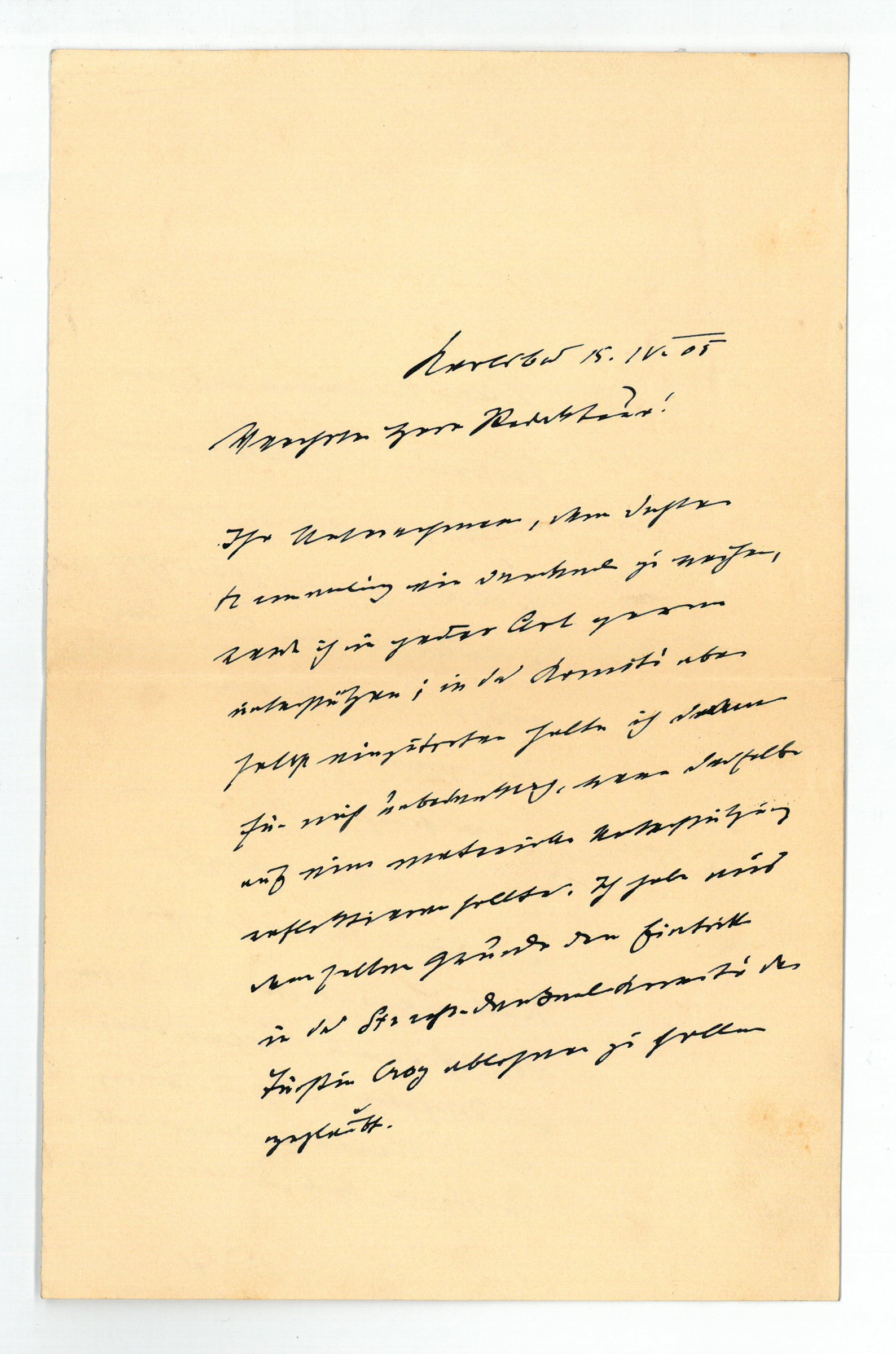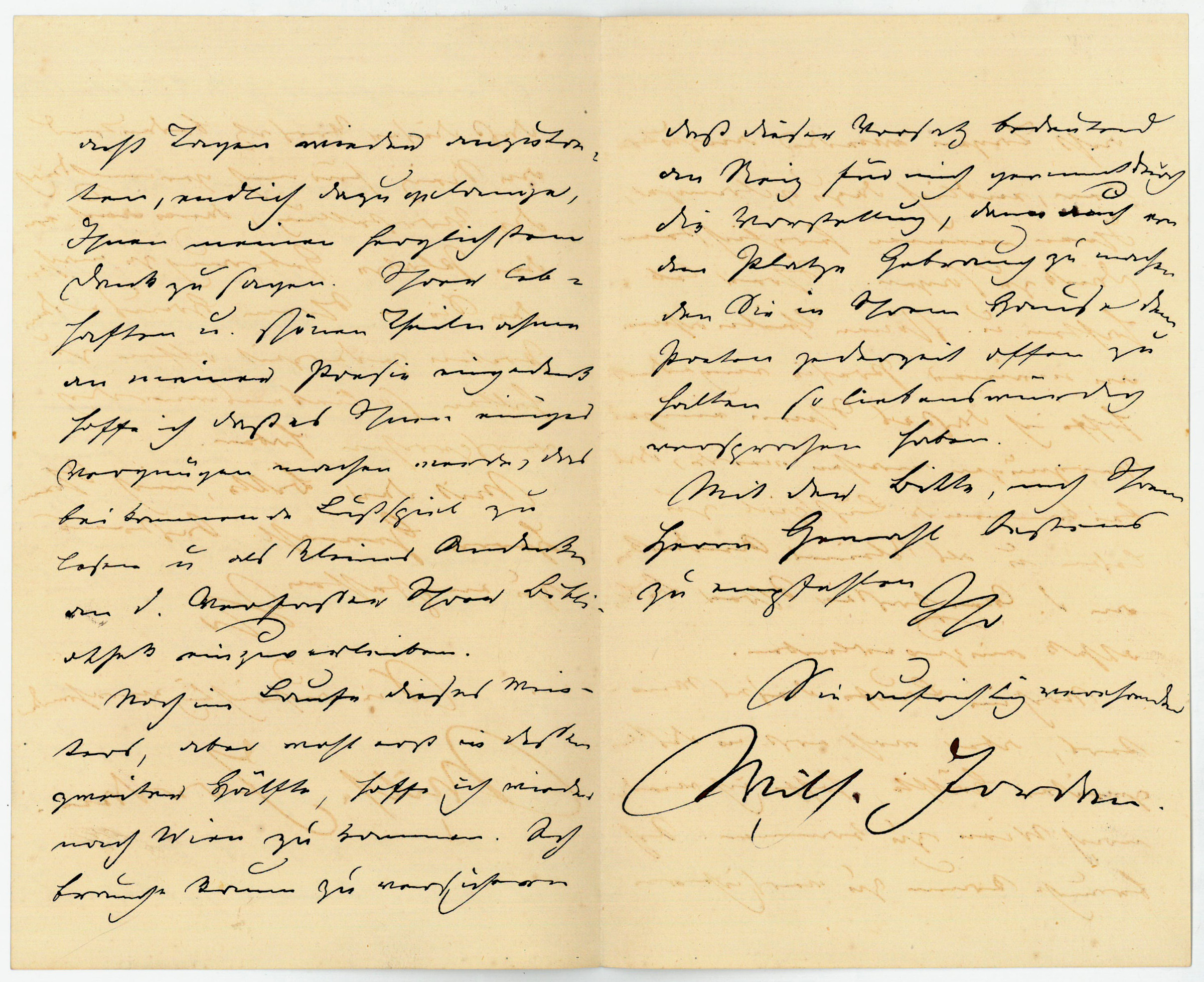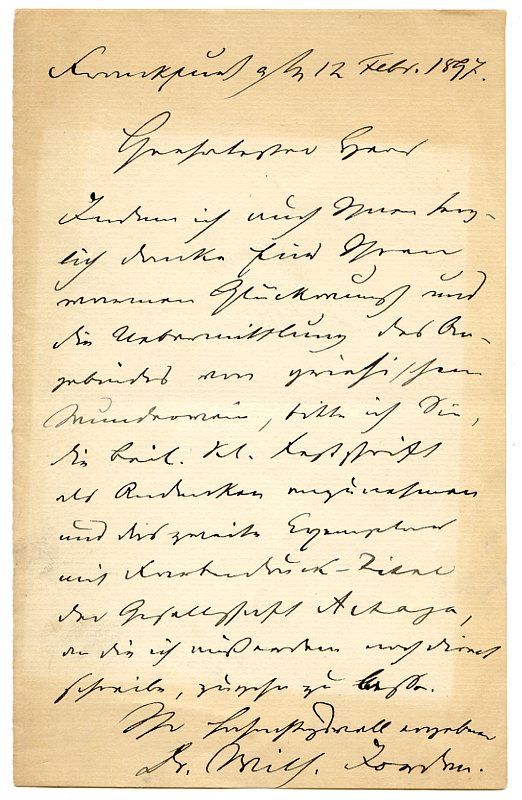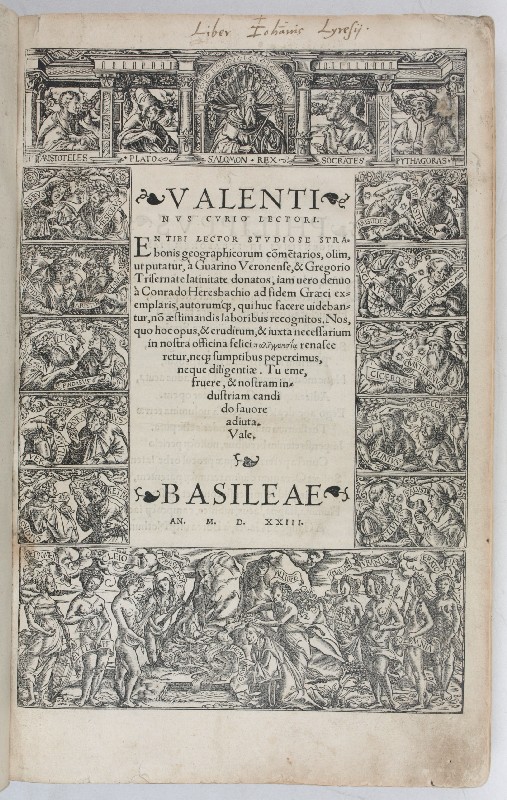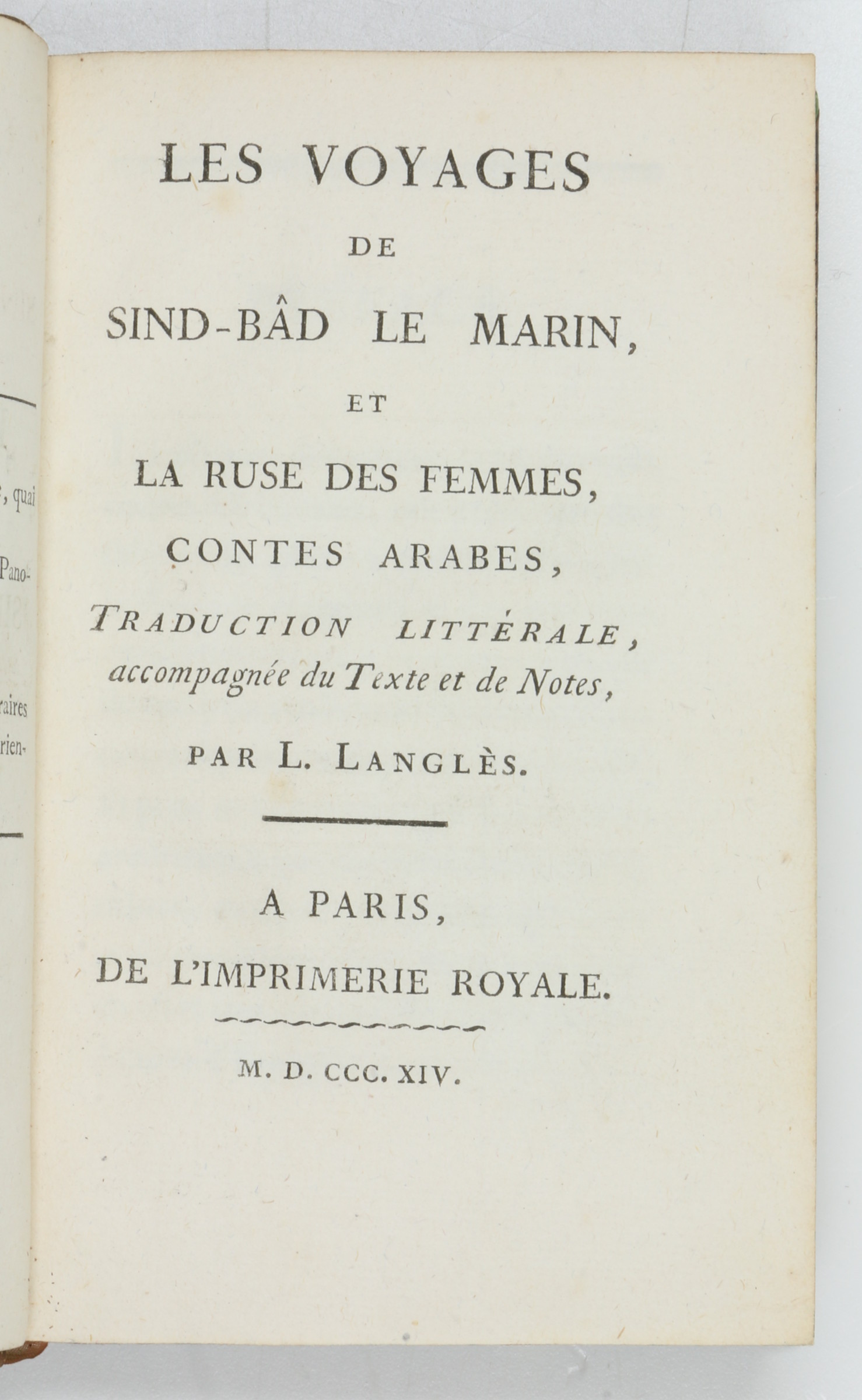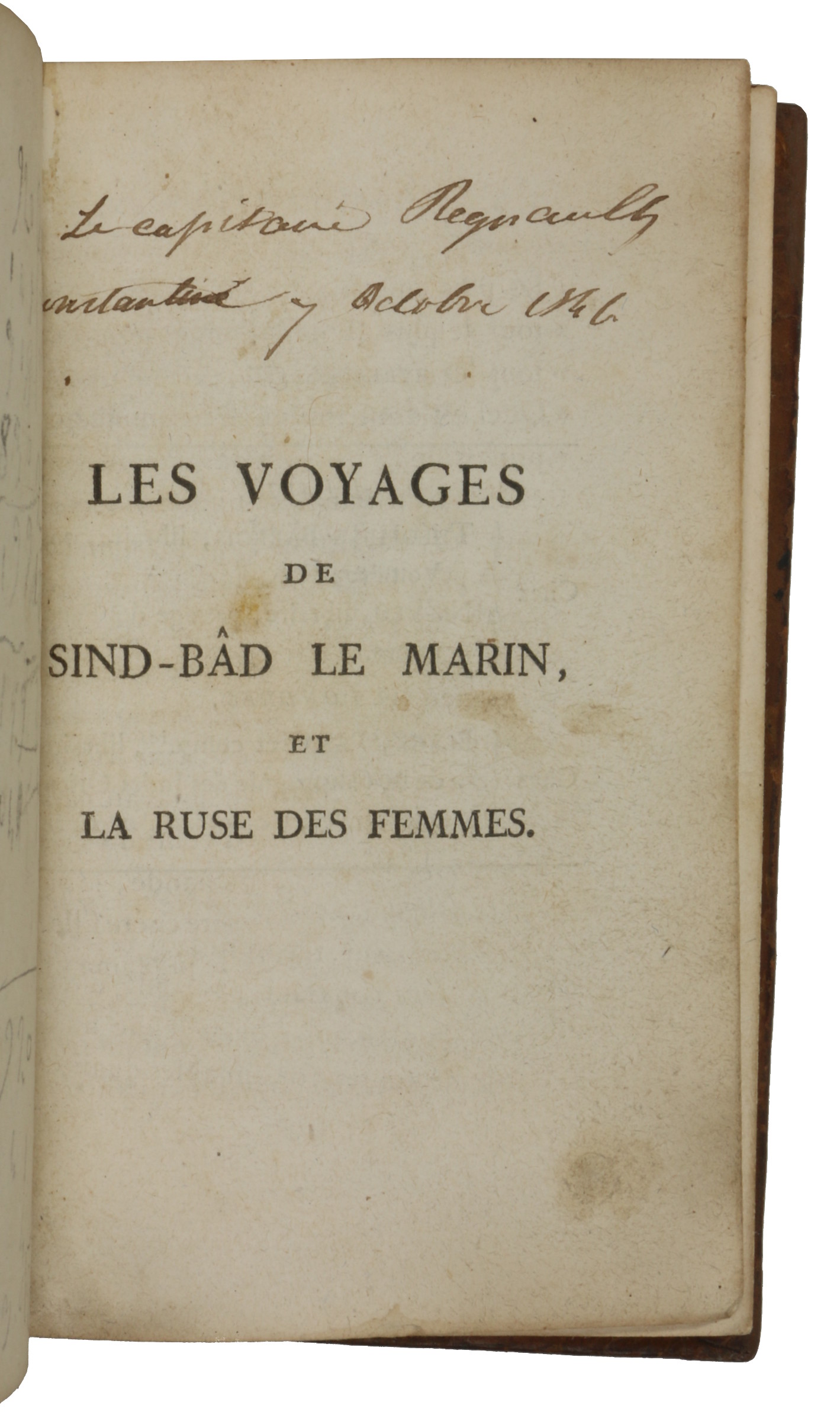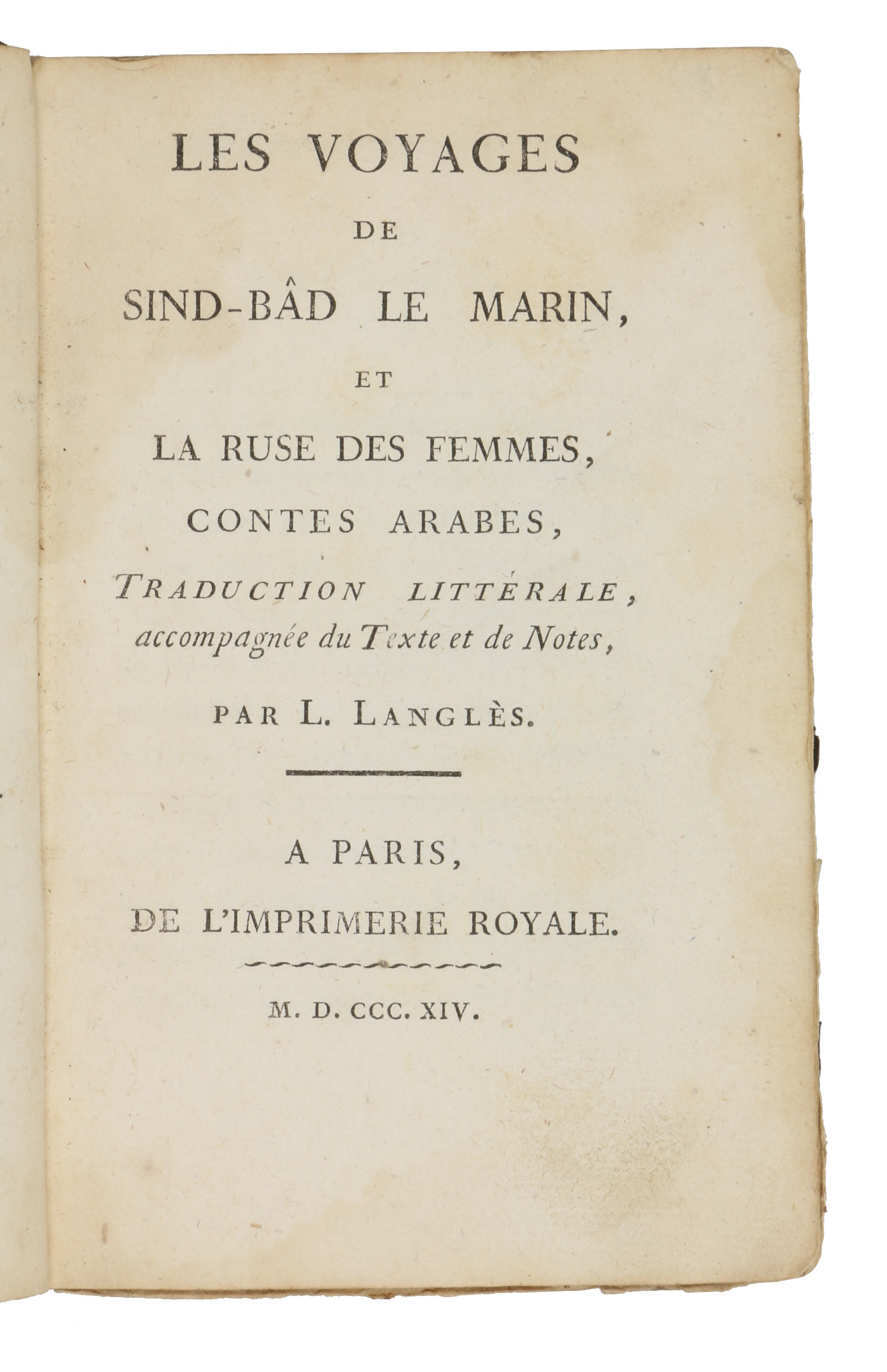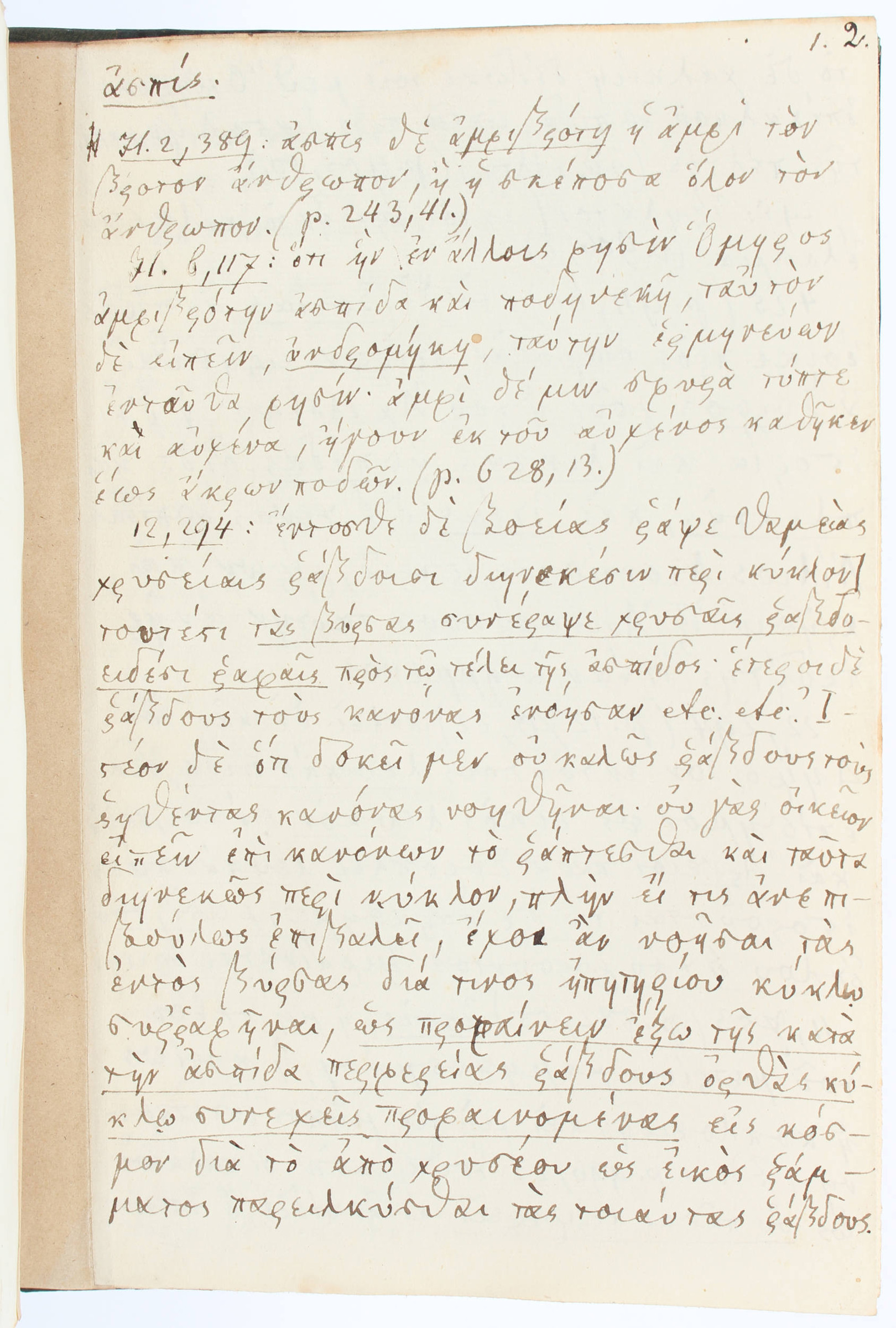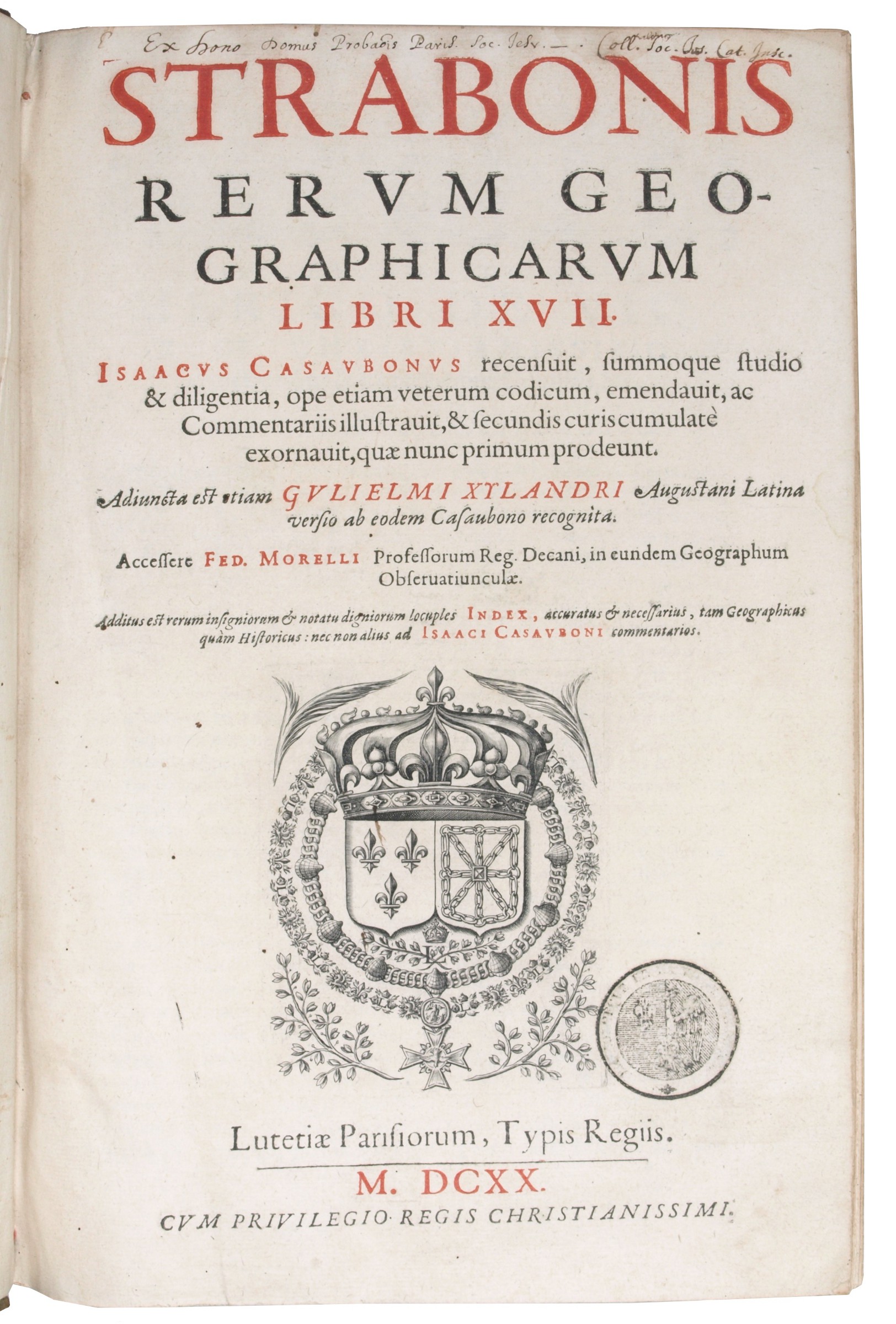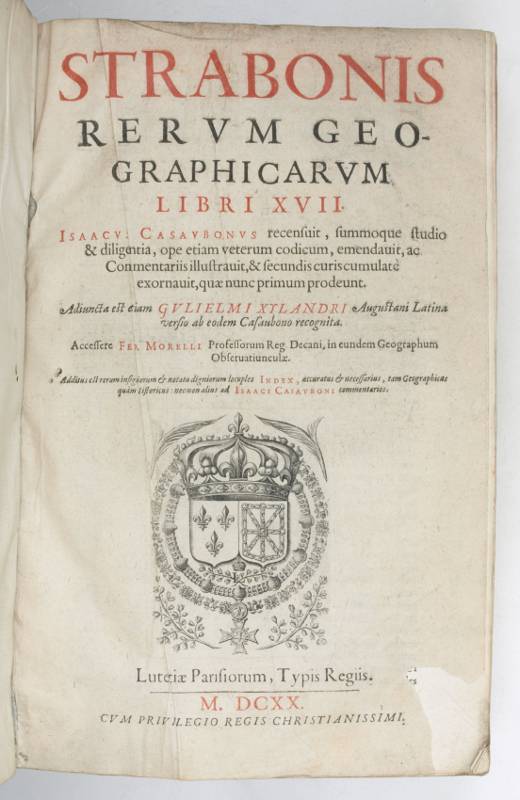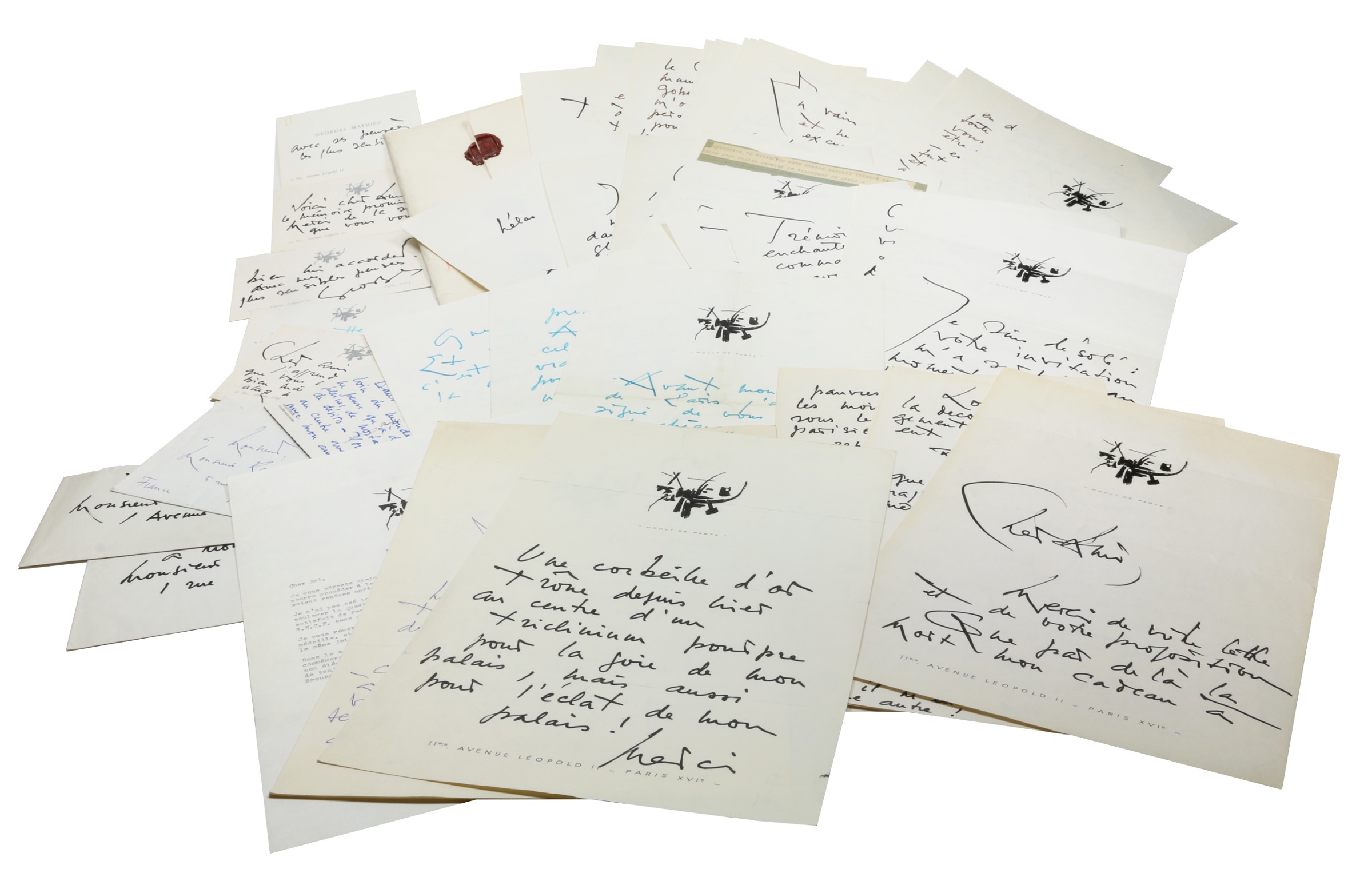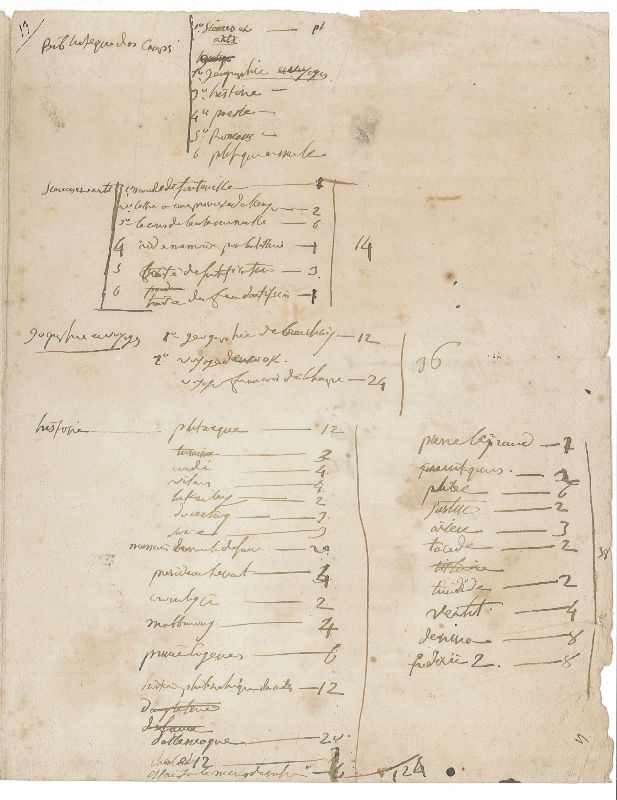
Catalogue for Napoleon's travel library: a collection of books to be taken along on his "Campagne d'Égypte". Napoleon manuscripts are exceedingly scarce on the market, and autograph documents in connection with the Egyptian campaign are especially rare: even the great collections of Warren Crane, Stefan Zweig, and Karl Geigy-Hagenbach, all dispersed in the first half of the 20th century, could boast of nothing similar; nothing comparable in auction records of the last decades internationally.
The list, drawn up in Napoleon's own hand entirely, begins with a general plan that cites the six classes 1) sciences et arts, 2) géographie et voyages, 3) histoire, 4) poésie, 5) romans, 6) philosophie et religion. Among the 14 volumes Napoléon wants in the Science class are Fontenelle's "Pluralité des mondes", an "Aide-mémoire pour l'artillerie", and a "Traité des fortifications"; in the Geography class, La Harpe's "Abrege de l'Histoire Generale des Voyages" alone occupies 24 volumes; the "Voyages de Cook" are also to be included. Among the history books (by far the most copious class) are the works of Plutarch, Tacitus, and Thucydides, as well as the classics of more contemporary warfare: Turenne, Condé, Marlborough, Frederick the Great, etc. As for poetry, the French officers were to have at their disposal the works of Tasso, Ariosto, Homer, and Virgil, as well as Fénélon's "Télémaque"; the Belles Lettres included Voltaire, "Héloïse" (probably Rousseau's "Julie"), and four volumes of Marmontel, as well as 40 of English and ten of Greek literature. Among the books in the Philosophy/Religion class were the Old Testament, a volume of classical mythology, and, becomingly enough for the expedition's destination port, a Quran.
In his history of the Egyptian campaign, Comte Thibaudeau recounts how Napoleon, following discussions with the principal staff officers and scholars who would be accompanying him on the journey, planned and built this curious library in close collaboration with Antoine-Vincent Arnauld, the poet, playwright and able politician. The "Novels" class was given special consideration, as one anticipated boredom among the young generals and officers during the crossing of the Mediterranean and intended to offer intellectual distraction. Indeed, Napoleon himself took the convivial evening readings as a starting point for general discussion, providing himself with a convenient opportunity to observe the character and bearing of his men: "Pendant cette traversée, Bonaparte avait de fréquentes conférences avec les principaux officiers de l'état-major, les chefs de service et les savans attachés à l'expédition, dont une partie était à bord de l''Orient'. Avant le départ de Toulon, une bibliothèque avait été formée par les soins d'Arnault, pour l'usage du général Bonaparte. Outre les classiques et les ouvrages sérieux qu'il s'était réservés, on y avait compris des romans, pour aider les jeunes généraux ou officiers de l'état-major, Lannes, Junot, Eugène Beauharnais, à supporter l'ennui de la traversée. Le soir on se rassemblait chez le général Bonaparte pour faire une lecture, et l'on préludait dans cette réunion à ces séances de l'institut d'Egypte, qui ont jeté tant d'éclat sur cette glorieuse expédition. A peine la lecture était-elle commencée, que Bonaparte l'interrompait et donnait le signal de la discussion. Elle était vivement soutenue par Caffarelli-Dufalga et d'autres officiers, qui joignaient l'instruction aux talens militaires. La plus grande liberté régnait dans ces conversations, animées tout à la fois par les souvenirs des belles campagnes d'Italie et les espérances d'un avenir non moins glorieux. Elles se prolongeaient fort avant dans la nuit, et quoiqu'elles n'eussent aucun but déterminé et qu'elles s'étendissent à tous les sujets, on peut croire qu'elles étaient pour Bonaparte, un moyen d'étudier de plus près les hommes qui l'entouraient." - Edges frayed; some dampstaining and restored paper defects.
